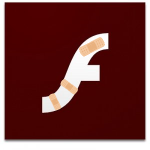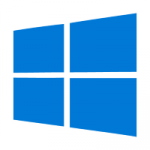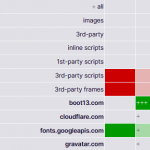 Earlier this week Adobe released new versions of its Acrobat/Reader product line, to fix a series of security vulnerabilities in earlier versions.
Earlier this week Adobe released new versions of its Acrobat/Reader product line, to fix a series of security vulnerabilities in earlier versions.
There are at least eight variants of Adobe Acrobat and its free counterpart, Reader, which can be confusing. Mitigating this potential confusion is the fact that the huge majority of people who have one of these products installed are using the free Acrobat Reader DC.
The release notes associated with this set of updates reveals that the new versions address at least twenty-six security vulnerabilities in earlier versions. Many of the vulnerabilities are flagged as Critical. The updated version of Acrobat Reader DC is 2020.012.20041.
With default settings, recent versions of Reader will update themselves, on a schedule determined by Adobe, within a few days of a new version’s release. Although it’s possible to override this default behaviour, doing so requires installation of an additional tool or editing the Windows registry directly.
If you’d like to check the version of Reader you’re using, navigate Reader’s menu to Help > About Adobe Acrobat Reader DC. To check for updates and install the latest version, go to Help > Check For Updates...
 boot13
boot13 If you run Windows 10 and are curious about the updates Microsoft will be jamming down your throat in the next few days; if you run Windows 7 and want to know what you’re missing out on by not being rich enough to afford Microsoft’s
If you run Windows 10 and are curious about the updates Microsoft will be jamming down your throat in the next few days; if you run Windows 7 and want to know what you’re missing out on by not being rich enough to afford Microsoft’s  Earlier this month, Mozilla released a new version of its free — and still excellent — email client:
Earlier this month, Mozilla released a new version of its free — and still excellent — email client:  Oracle recently released its
Oracle recently released its  Mozilla released
Mozilla released  A new version of Flash was released by Adobe earlier this week.
A new version of Flash was released by Adobe earlier this week. With Windows 10, Microsoft shifted a lot of their testing to users, through the
With Windows 10, Microsoft shifted a lot of their testing to users, through the  I just discovered an interesting and useful web site:
I just discovered an interesting and useful web site: